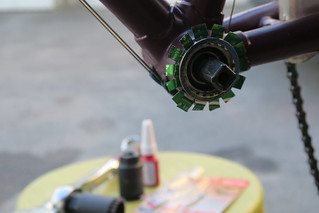From the low-effort department
I never used to "get" Reddit. But my lovely is keen, so I've joined in for a while (u/available_fact_3445 1 year 9 months karma 4000+)
I just had a submission to r/antiwork rejected for "low effort" (the irony), so it appears here, in splendid obscurity.
This was a reply I wrote on a thread discussing the fantasy of retreating into the wilderness, building your own cabin, and living an independent life.
A comment took it as natural that you would have to work hard every day. I demurred as follows:
***
>"working" every day
It depends on the abundance readily available in the locality, but when this is studied among contemporary hunter-gatherer societies (eg Sahlin's Stone Age Economics) the natural rhythm of "purposive activity" is much more like every other day. For about 4-5 hours.
This chimes with the many, many, many rest days obliged by the church from rural peasants in medieval Europe.
It is also coherent with modern work practices which allow a four day week. The hard land of the Scottish Highlands obliges crofters to strictly respect the sabbath; were it not so the infinite possibility of productive work with meagre yields would soon exhaust any man, or woman.
A vegetable garden and an orchard require regular intervention, but not *every* day. Rain stops play. You only prune the blackcurrent bushes, once, in winter. And so on.
You only never get a day off when you start exploiting animals, so not *every* day, no, unless you start to keep chickens or something.
So how do these leisured hunter-gatherers spend the rest of their time? Mainly cooking, chatting, and grooming their relatives.
***
Reddit makes it easy to submit one text in many places, and I thought this might be interesting to the readers of r/antiwork.
It seems the moderators there disagree, so it's published here, for that reason.








